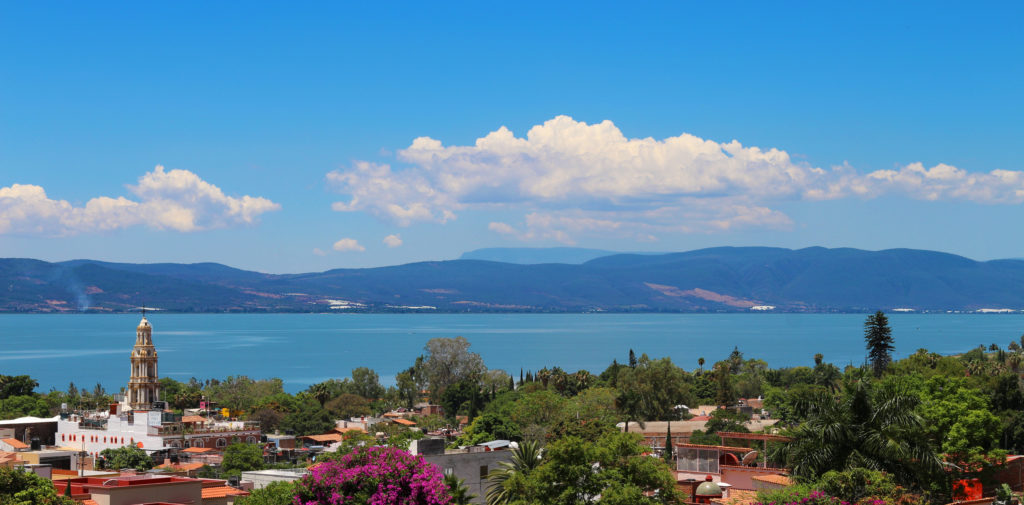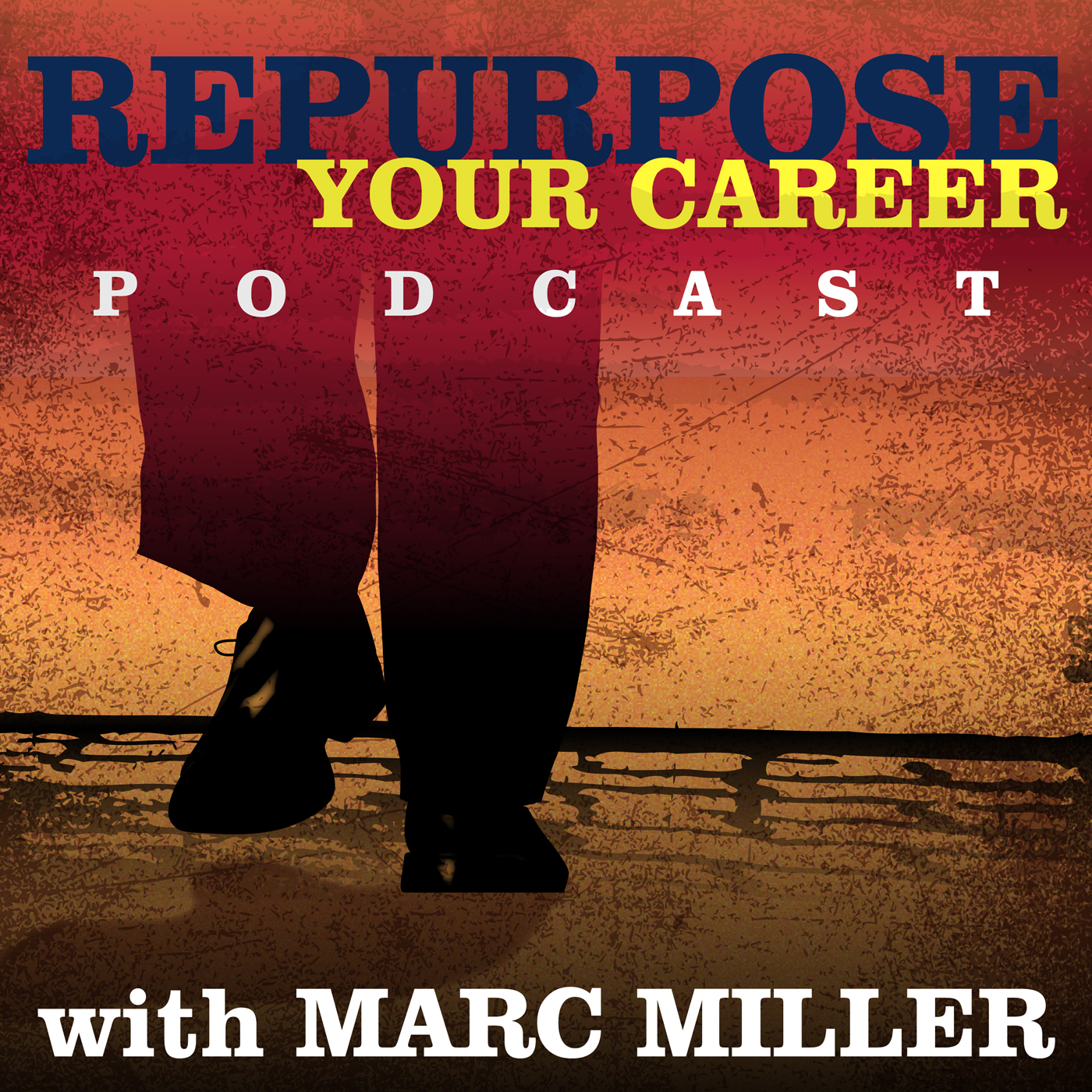How to Move Abroad Part III

This is the 3rd in this series documenting how my wife and I will move abroad and take my job with me.
Take a moment and read the first 2 posts in the series:
- How to Move Abroad and Take Your Job With You
- How to Move Abroad and Take Your Job With You – Part II
You may also want to check out a couple of podcast episodes:
- Why The Millers are Moving to Mexico and How They Will Do It! [Podcast]
- Marc Miller Examines His Uncertainty About Moving to Mexico [Podcast]
I am writing this post from a garage apartment in the center of Ajijic Mexico.
What is New Since I Wrote Part II
We returned from Ajijic in the middle of October of 2017 with a renewed sense of excitement. I immediately went about researching on one of the local Internet web boards called Chapala.com and joined several FaceBook groups.
The response to my inquiries was amazing. I asked about endocrinologists that people were using and I received 28 responses in less than 48 hours.
I was introduced to several people by friends or colleagues who knew someone living in Ajijic. It seemed that everyone I was associated with knew someone living in Ajijic.
After I wrote Part II, I was introduced to the Lake Chapala Society. This is an organization that was created to support the expat community living on the north shore of Lake Chapala. This is an incredible resource for the new expats in the region and one of the major reasons this will be the next stop in our journey.
We were sold on the 2nd trip to Ajijic.
Goals for Our 2nd Trip
We decided to return for 4 weeks and wanted to stay in a different part of Ajijic. Ajijic is on the north shore of Lake Chapala, and the Sierra Madre mountain range soars behind the city. During our first trip, we stayed on the mountainside of the city. This time we wanted to stay near the lake.
Listen to the most recent episode


Marc Miller
Discover the Perfect Destination for Your Retirement or Remote Work Abroad #337
I am looking for a dentist, chiropractor, and barber. I told my hairstylist (I use that term lightly as I am follically challenged) that I would cheat on her while I was gone.
My wife will be looking for an endocrinologist and possibly other specialists during this trip.
We also hope to learn about health insurance. At the time of this writing, we already have visited with an insurance agent that represents MetLife and AXA.
Finally, we are planning to explore the real estate market, and more specifically, the rental real estate market.
Accommodations and Markets
We booked a one-bedroom garage apartment a block from the lake on Airbnb. We are staying at the Casa Mama Chagua and our wonderful host is Gustavo. It is a small apartment, with a simple but adequate kitchen. The cost of the apartment is approximately 850 US dollars for the 4 weeks.
Our goal is to eat out once a day and dine at the apartment twice a day. Dinner at one of the fine gringo restaurants will set you back approximately 500 Mexican pesos or about 25 US dollars. This includes wine and possibly dessert. A similar meal in Austin would cost 75-100 US dollars.
We picked a location such that we can walk everywhere. In the first week, we have been averaging 5-8 miles of walking every day. On Monday, we took the bus to Chapala for the farmers market which is huge. The cost of the bus fare was 9 pesos, one way per person or about 50 cents.
We rented bicycles from one of the local bike shops and rode to the organic farmers market in West Ajijic on Tuesday. We wanted to experiment riding bicycles around but I am quite tall 6’4″, and the largest bicycle for rent was too small. A good experiment but we will not continue renting. We will likely buy used bicycles for both of us when we return.
We are only a few blocks from the Ajijic open-air market which is open every Wednesday morning. Fruits and vegetables are plentiful and very inexpensive. Blueberries, strawberries, raspberries, and blackberries are plentiful as they are grown on the other side of Lake Chapala. It is very easy to eat healthy for just a few dollars a day here.
Technology
Technology is key to making the move abroad work. I specifically asked Gustavo to run a test on the Internet connection at the apartment. The download speed is approximately 5Mbps and the upload is 2 Mbps which is adequate for me running my business.
During the first week, I was able to run a webinar for the Career Pivot membership community over Zoom and it went off without a hitch. I was able to receive numerous cell phone calls from the US with minimal problems. I do have some cell dead spots in and around the apartment’s neighborhood but that could happen anywhere.
The night before the webinar the electric power outlet where the modem was plugged into went dead. I found an extension cord and plugged the modem into an outlet in the bathroom and was able to run the webinar. The next day, magically, the electric power outlet started working again. The apartment obviously has some very old wiring and there are a minimal number of power outlets in each room.
I am learning to miss my Google Fiber service that I have in Austin.
Next Week
We arranged to rent a car so that we can explore neighborhoods all along the north shore of Lake Chapala. We pick up the car on a Friday and plan to keep it for 2 weeks. This should cost us about $500 for a Nissan vehicle.
We plan on driving to the dentist, who is between Chapala and Ajijic. There are some bicycle shops, not in Ajijic, that we want to check out. Lastly, on to the other side of Lake Chapala are the many berry farms and that we want to check out.
We are being told that the home rental market is quite tight and will need to find accommodations for our return trip. We spoke to a realtor and not much to our surprise the further you get away from Ajijic in either direction housing is cheaper.
As we move abroad figuring out the housing market becomes more and more important.
Nothing Changes and Everything Changes
As I sit writing this post a local is walking his horse down the cobblestone street in front of Casa Mama Chagua.
I hear clip-clop, clip-clop,… down the cobblestone streets.
Some things never change. At the same time, more and more people are moving here from North of the Border (aka NOB). This is disturbing to many of the gringos who moved here 10 or more years ago. Sound familiar?
People from the US and Canada are moving here and building larger and larger homes (something we do not want.) One local who lives down the street who is now 80+ years old told us she is moving back to the US because of the changes. Many are moving here and are not interested in learning Spanish (something we are working on now using the DuoLingo app.) Sounds a lot like where I have lived for the last 40 years, Austin, TX. Half of California has moved to Austin and changed the laid-back culture.
Many things seem frozen in time here but everything changes.
Return Trip
Our current plans are to return to the shore of Lake Chapala in the June or July time frame for 3 months. We plan to drive from Austin to Ajijic and bring our two large cats. You can see our cats in my post What I Learned About Corporate Culture From My Cats [Updated].
This way we will have our own vehicle and we can bring with us various dietary supplements that are not available in Mexico. We brought with us a month’s worth of supplements in our luggage on this current trip.
I have discovered I can bring my 2015 Subaru Outback into Mexico on a temporary import permit (TIP) because it was manufactured in the US and not Japan. You can only bring in a vehicle into Mexico on a TIP if it is manufactured in Canada, US or Mexico.
The goal is now to be in Mexico in January of 2019. If you are outside of the US for 330 days of the year, you do not pay income taxes on the first $105K of business income. You do need to pay SSI/Medicare tax and income tax on any investment income. Being back here as early in January is critical for successful tax planning.
There is much to learn when you move abroad and I am not finished learning.
If you have any questions please comment below.
Marc MillerLike What Your Read? Get Career Pivot Insights
Do You Need Help With ...

Check out our Help Center where you have access to 14 different content portals.


So living and earning abroad means you pay no federal taxes for a year? Does that apply for individual or the corporate rate? Thank you for sharing experience in Mexico retirees have to carefully consider moving down south.
Felipe,
If you are out of the US for 330 days in a calendar year, you are currently exempted from $105K of earnings from salary or business. That amount goes up each year or when the IRS wants to increase it. You still have to pay self-employment tax (SSI and Medicare) which is 15%. You also have to pay taxes on any investment gains you might have. For example, I will be renting out my condo and I will have to pay taxes on the rental income.
I cannot work in Mexico so all of my business will technically will be in the US.
Does that help?
Marc
Yes gracias Marc now that you are in Mexico thank you a billion for the rapid reply.